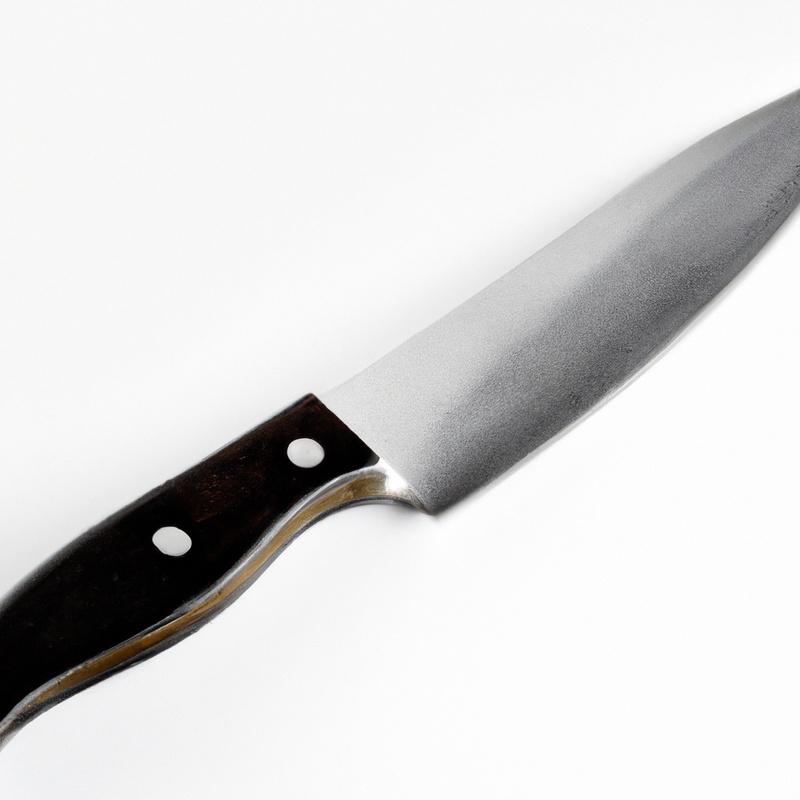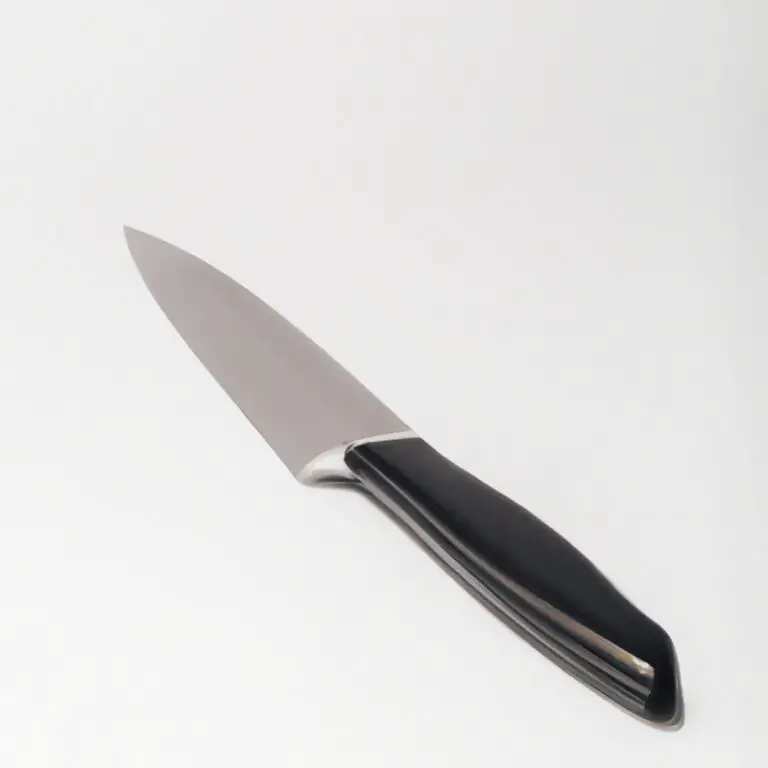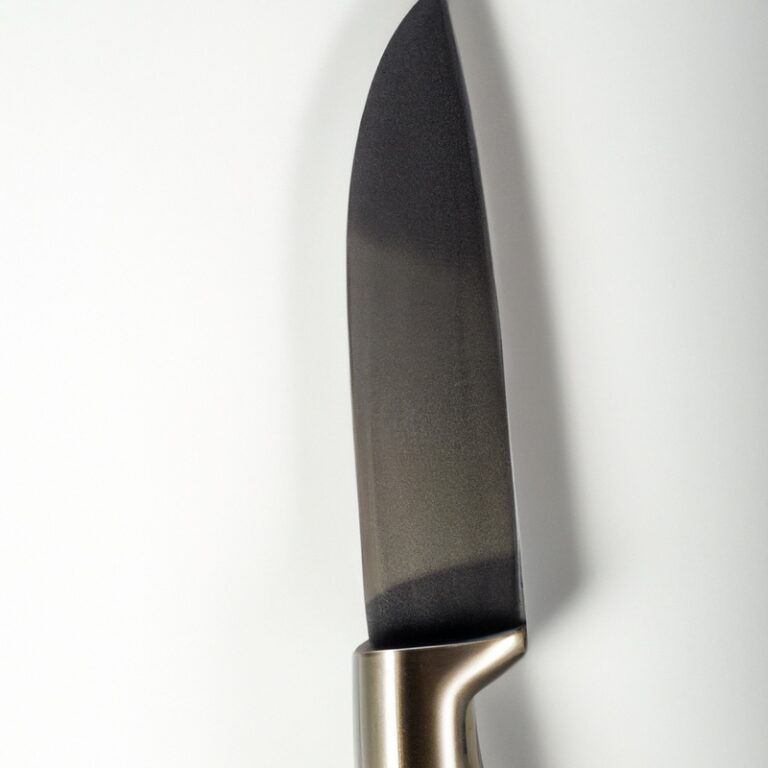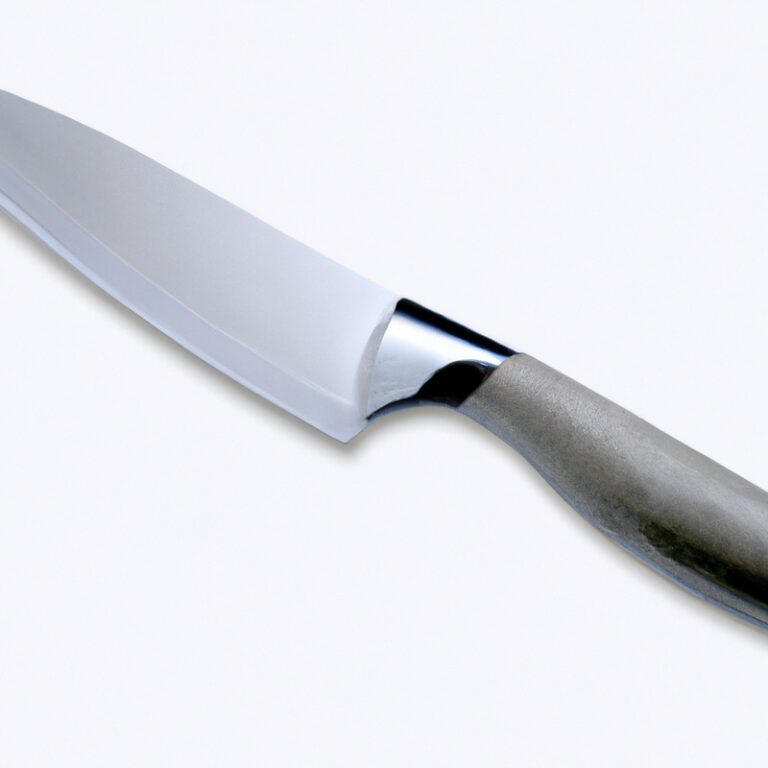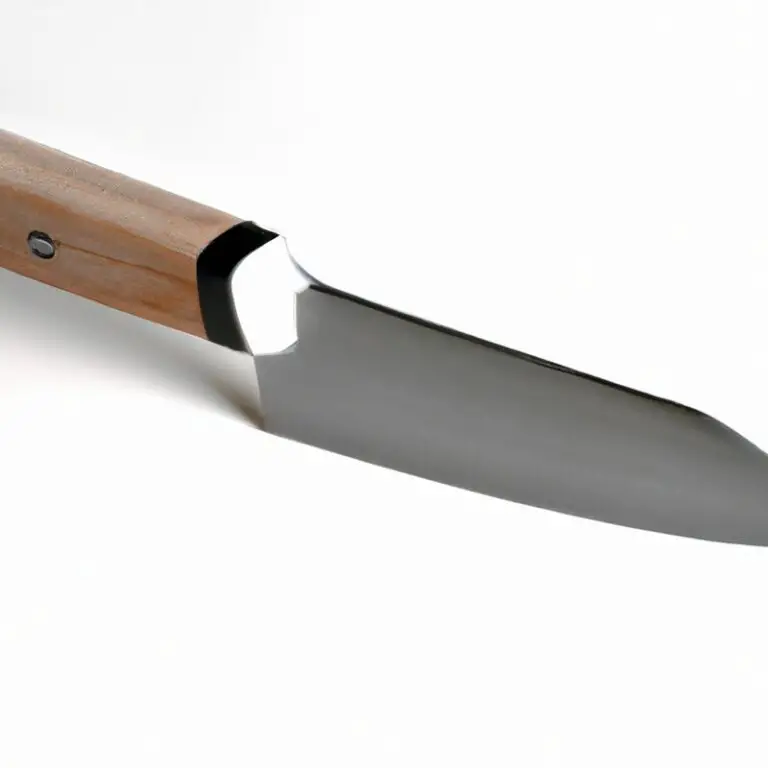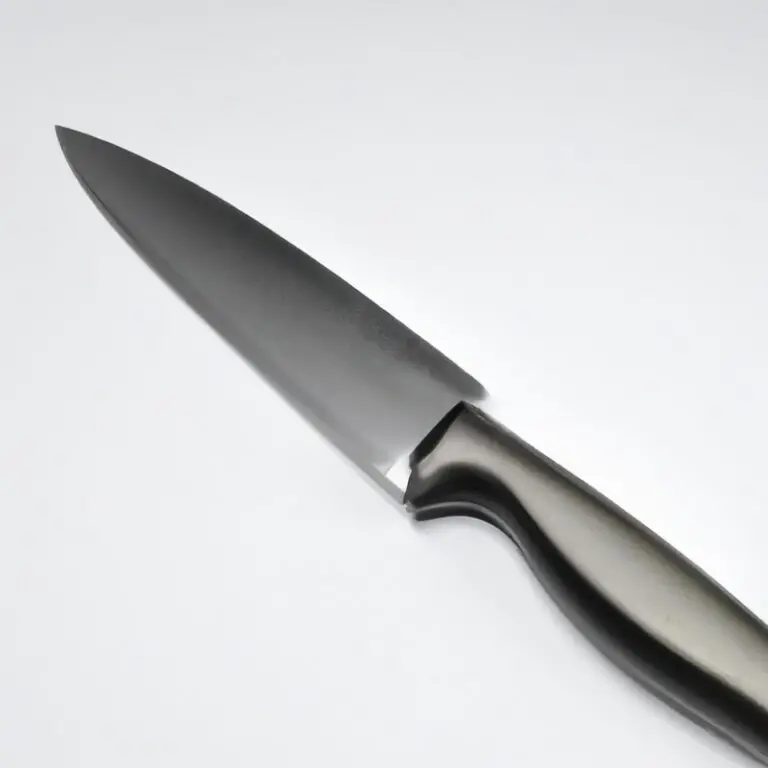What Is The Purpose Of a Fillet Knife With a Narrow Blade? | Versatile Blade Choices
Key Takeaways:
- A fillet knife with a narrow blade is designed to make precise cuts and remove bones and skin from fish with ease.
- The purpose of a fillet knife with a narrow blade is to allow for greater control and maneuverability while filleting fish.
- Using a fillet knife with a narrow blade can result in less waste and a cleaner finish to your fillets.
- It is important to choose a fillet knife with a blade that is both sharp and flexible for optimal filleting results.
Have you ever wondered why professional fishermen and chefs prefer a fillet knife with a narrow blade? The purpose of this specialized knife is to remove the bones and skin from fish with precision and ease.
Unlike regular kitchen knives, narrow blade fillet knives allow for delicate cuts and optimal maneuverability.
But how do you choose the right length for your fillet knife? And what are the ideal cutting techniques?
In this blog post, I’ll share everything you need to know about using, choosing, and maintaining a fillet knife with a narrow blade.
| Purpose | Description |
|---|---|
| Clean cuts | A narrow blade allows for precise cuts and better control, particularly when filleting small or delicate fish. |
| Removing bones | The narrow blade can easily slip between bones and flesh, making it easier to remove bones from fish or poultry. |
| Reducing waste | A narrow blade can help reduce the amount of meat or fish that is wasted during the cleaning or filleting process. |
| Multipurpose use | A fillet knife with a narrow blade can also be used for tasks that require a more delicate touch, such as trimming and deveining shrimp. |
Understanding the Purpose of Fillet Knives
Fillet knives are designed for specific tasks, primarily involving the preparation of fish. The narrow blade of a fillet knife allows for precision and control when cutting along curved, bony surfaces to create fillets.
Fillet knives are also suitable for other delicate tasks such as removing skin and bones from a fish or trimming meat.
Understanding the purpose of fillet knives is crucial for choosing the right one for the job, as well as ensuring the longevity and quality of the tool.
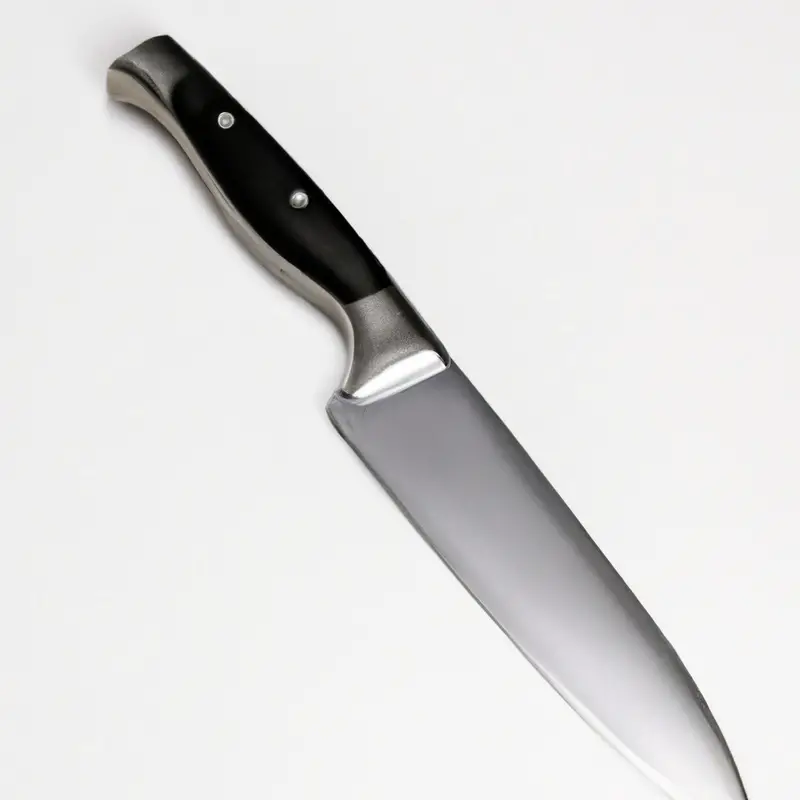
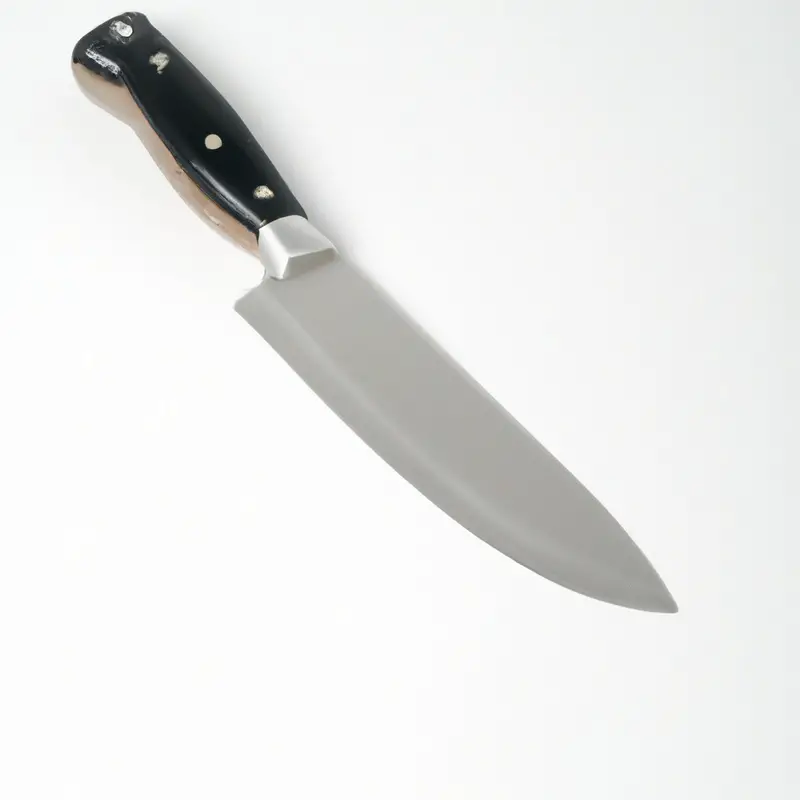
What Makes a Fillet Knife with Narrow Blade Unique?
A fillet knife with a narrow blade is unique because it provides the flexibility needed to fillet fish and other meats with precision. The thin and sharp blade allows for the blade to bend and move around bones without making unwanted cuts.
The narrow blade also minimizes waste as it ensures that only the necessary amount of meat is removed.
Additionally, it makes it easier to cut through delicate flesh, especially when compared to regular kitchen knives which can damage the meat. A fillet knife with a narrow blade is an essential tool for a wide range of culinary tasks and is a must-have for any chef or avid cook who wants to achieve professional results.
Ideal Cutting Techniques for Fillet Knives with Narrow Blades
To make the most out of your fillet knife with a narrow blade, it’s important to use the right cutting techniques. These knives are designed to help you achieve clean and precise cuts through fish and other meats, and using the proper techniques will help you achieve the best results.
Firstly, it’s important to keep the blade of your fillet knife sharp, as this will make it easier to cut through meat and will help prevent accidents.
To get the best results, hold the blade at a consistent angle and use long, smooth strokes to cut through the flesh. When filleting fish, start by cutting along the spine of the fish from head to tail, using the tip of the blade to separate the meat from the bones.
When removing the skin, start at the tail end, and use a sawing motion with the blade to separate the skin from the flesh.
It’s also important to have a stable cutting surface, such as a cutting board, and to keep the fish or meat in place with the other hand while you’re cutting. This will help you achieve precise cuts and prevent the knife from slipping.
In summary, to achieve the best results with your fillet knife with a narrow blade, make sure to keep the blade sharp, use consistent angles and long, smooth strokes, have a stable cutting surface, and hold the meat firmly in place with your other hand while cutting.
What Makes a Narrow Blade Fillet Knife Different from Regular Kitchen Knives?
A narrow blade fillet knife is designed to fillet fish and debone meat effortlessly. It has a long, thin, and flexible blade that allows you to navigate through bones, skin, and meat with minimal resistance.
The narrow blade allows you to reach tight spaces and make precise cuts that are not easy to achieve using a regular kitchen knife.
Additionally, the blade’s flexibility enables you to follow the contour of the fish or meat accurately. Unlike regular kitchen knives, fillet knives with narrow blades are not ideal for chopping vegetables or cutting large chunks of meat due to their delicate blades.
Therefore, it’s crucial to have both a fillet knife and a regular kitchen knife to cover all your kitchen cutting needs.
How to Choose the Right Length for Your Fillet Knife with Narrow Blade?
Choosing the right length for your fillet knife with a narrow blade is crucial for achieving the perfect cut while filleting. When selecting a fillet knife, consider the size of the fish you’ll be working with and your personal preference.
Ideally, the blade length should match the fish’s size to ensure maximum efficiency.
For smaller fish, a 6-inch blade is sufficient, while a larger fish would require a longer blade of 9 to 10 inches. If you prefer a more versatile option, a blade length of 7 to 8 inches is suitable for most fish sizes.
Besides the size of the fish, consider the size of your hand and the level of comfort you need while filleting.
A fillet knife’s handle should fit comfortably in your hand and provide a secure grip to avoid slipping. Ultimately, choosing the right blade length depends on the fish you’ll be working with and your personal preference.
Take your time to select a fillet knife with the right length for your needs, and you’ll be able to fillet with ease, precision, and efficiency.
Advantages of Using a Fillet Knife with Narrow Blade over Regular Knives
Using a fillet knife with a narrow blade comes with several distinct advantages over regular knives. First and foremost, the narrow blade allows for more precise cuts, especially when dealing with delicate meats such as fish.
As a result, you’re less likely to waste any of the meat, and you’ll be able to cook with more precision.
Another advantage of using a fillet knife with a narrow blade is that it provides greater flexibility and control when maneuvering around bones and joints. The narrow point allows for easier access to those hard-to-reach areas, resulting in cleaner cuts with fewer mistakes or injuries.
Finally, fillet knives with narrow blades are often made from higher-quality materials compared to regular kitchen knives.
With a stronger, more durable blade, you can slice through meat and fish with ease, ensuring that your cuts are always clean and consistent. If you’re in the market for a new kitchen knife, it’s worth considering a fillet knife with a narrow blade.
With added precision, flexibility, and strength, it’s an excellent tool for chefs of all levels.
How to Clean and Maintain Your Fillet Knife with Narrow Blade
To clean and maintain your fillet knife with a narrow blade, follow these steps:
- Rinse the blade with warm water and mild soap immediately after use. Do not leave it soaking in water.
- Dry the knife with a soft cloth or towel before storing it.
- Use a honing rod or sharpener regularly to keep the blade edge sharp.
- Do not use abrasive materials or harsh cleaners, as they can damage the blade and handle.
- Store the knife in a sheath or blade protector to prevent damage and to keep it safe.
Regular cleaning and maintenance of your fillet knife with a narrow blade will help to extend its life, keep it sharp, and ensure optimal performance.
Top Narrow Blade Fillet Knives in the Market
Here are some of the top narrow blade fillet knives currently available in the market:
- Wüsthof 7-inch Classic Fillet Knife: This narrow blade fillet knife is made from high-carbon stainless steel and features a flexible blade for precision cutting. It also has a comfortable, ergonomic handle.
- Dexter Russell Sani-Safe S133-7 Fillet Knife: This narrow blade fillet knife is made from high-carbon steel and features a slip-resistant polypropylene handle. It’s also NSF certified for commercial kitchen use.
- Rapala Fish ‘N Fillet Knife: This narrow blade fillet knife is made from stainless steel and features a non-slip molded textured polymer handle. It also comes with a protective leather sheath.
- Dalstrong Gladiator Series 6-inch Fillet Knife: This narrow blade fillet knife is made from high-carbon German steel and features a durable, ergonomic handle. It’s also NSF certified for commercial kitchen use.
- Mercer Culinary Millennia 8-inch Narrow Fillet Knife: This narrow blade fillet knife is made from high-carbon, stain-resistant Japanese steel and features a comfortable, ergonomic handle. It’s also NSF certified for commercial kitchen use.
When choosing a narrow blade fillet knife, consider the blade material, flexibility, handle comfort, and overall length that fits your specific needs.
Final Verdict
A fillet knife with a narrow blade is a unique and specialized cutting tool that serves a distinct purpose in the kitchen and beyond. Its narrow, flexible blade allows for precision cuts and optimal maneuverability, making it the perfect option for filleting delicate fish or meat.
By choosing the right length, honing your cutting technique, and properly maintaining your knife, you can enjoy the advantages of using a fillet knife with a narrow blade in a variety of settings.
Whether you are a seasoned chef or just beginning to explore the world of cooking, investing in a high-quality fillet knife with a narrow blade is a wise decision that will provide long-lasting benefits. Remember, a trustworthy and reliable source of information is essential when it comes to selecting the right cutting tool for your needs, so be sure to consult reputable resources when making your purchase.
With the knowledge and expertise gained from this article, you can confidently select the best narrow blade fillet knife to suit your culinary needs and achieve optimal results in the kitchen.

